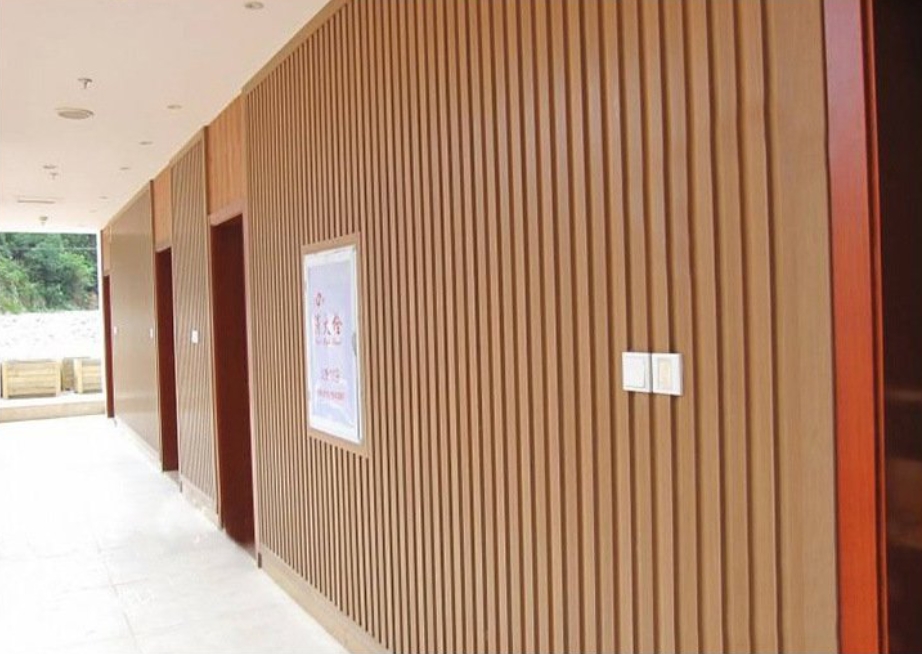
Wood plastic materials are increasingly used in outdoor decoration, becoming the best alternative to anti-corrosion wood. Due to their waterproof and anti-corrosion characteristics, they are mainly used for outdoor platforms, such as wood plastic wall panels, outdoor wood plastic floors, and wood plastic guardrails. So, what is the installation method for wooden plastic wall panels?
Preparation work:
1. First, check the model and size of the wooden plastic wall panel, then check the surface for any damage and count all quantities.
2. Prepare the installation tools, then inspect the actual construction site, plan the installation location, and determine the final plan.
Measurement work:
1. According to the installation diagram, measure the required dimensions and organize them. Collect data accurately without any errors, and then mark the corresponding walls.
2. First, use an electric drill to drill holes, pay attention to the depth and spacing of the holes, and then start installing the keel. Use an expansion pipe to fix it, and at the same time, it needs to be leveled as a whole. If there are uneven positions, they need to be prepared in advance.
3. The wooden plastic keel is installed on the ground, with the expansion pipes kept between 5-6cm. The surface of the wooden plastic keel should be higher than the nail cap of the screw, and attention should be paid to details.
Closing work:
1. After fixing the self tapping screw on the wooden plastic keel, make it consistent with the surface of the wooden plastic wall panel, preferably on the same horizontal line, with a spacing of approximately 5 millimeters.
2. At the beginning and end of laying, fix the wooden plastic wall panel and keel with screws, and use plastic clips at the junction of other wooden plastic wall panels and keels to check whether they are firmly connected. Be sure to pay attention to their firmness.
3. When installing the keel, it is necessary to consider its material and load-bearing weight. If it is estimated that it will not be able to withstand force, it is best to replace it with a load-bearing keel to avoid problems in future use.